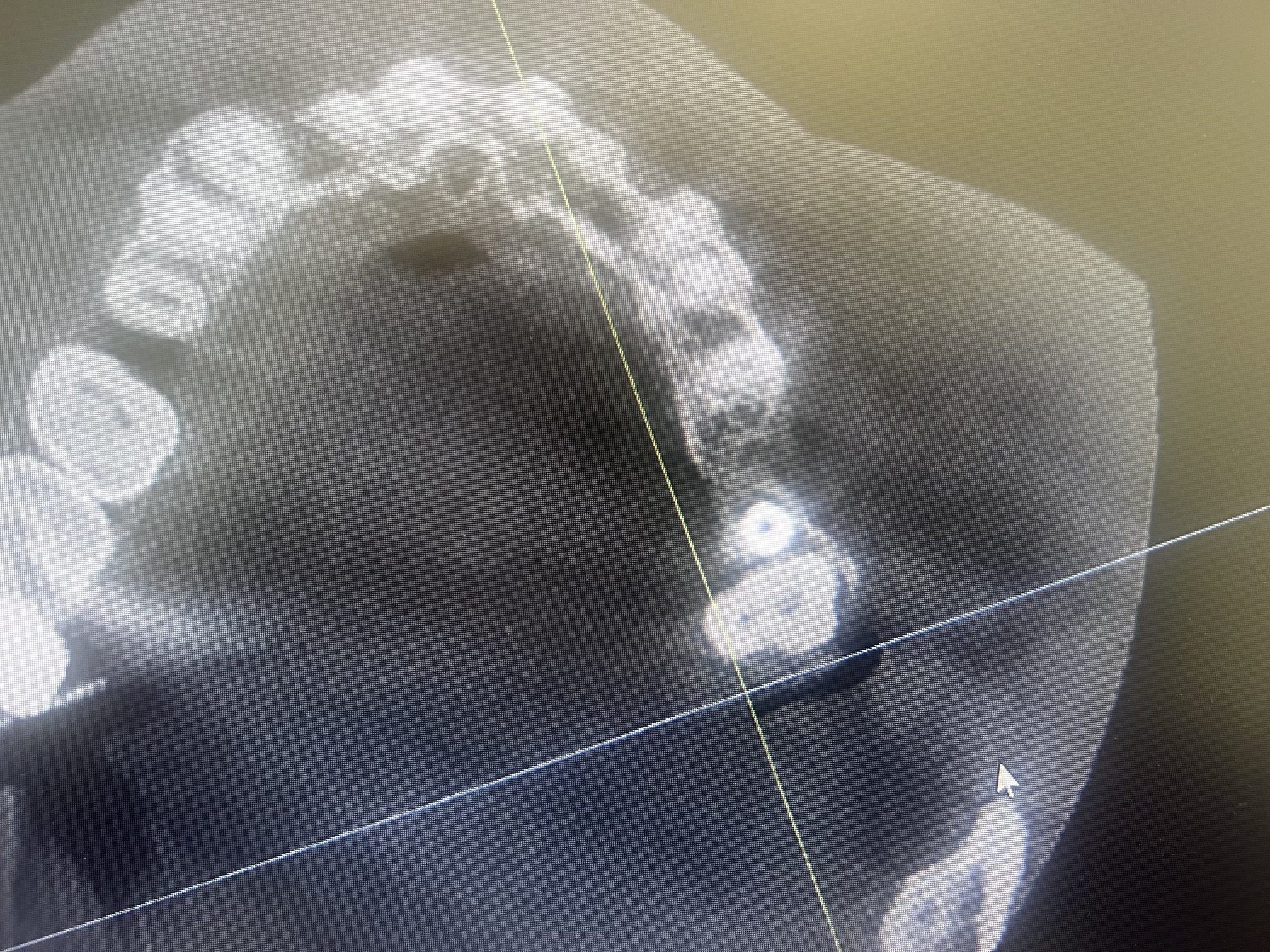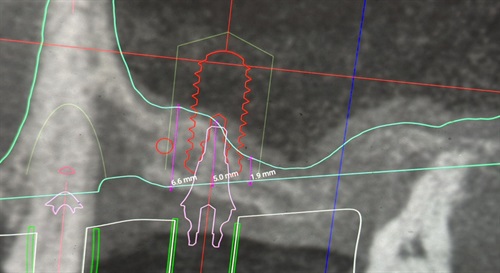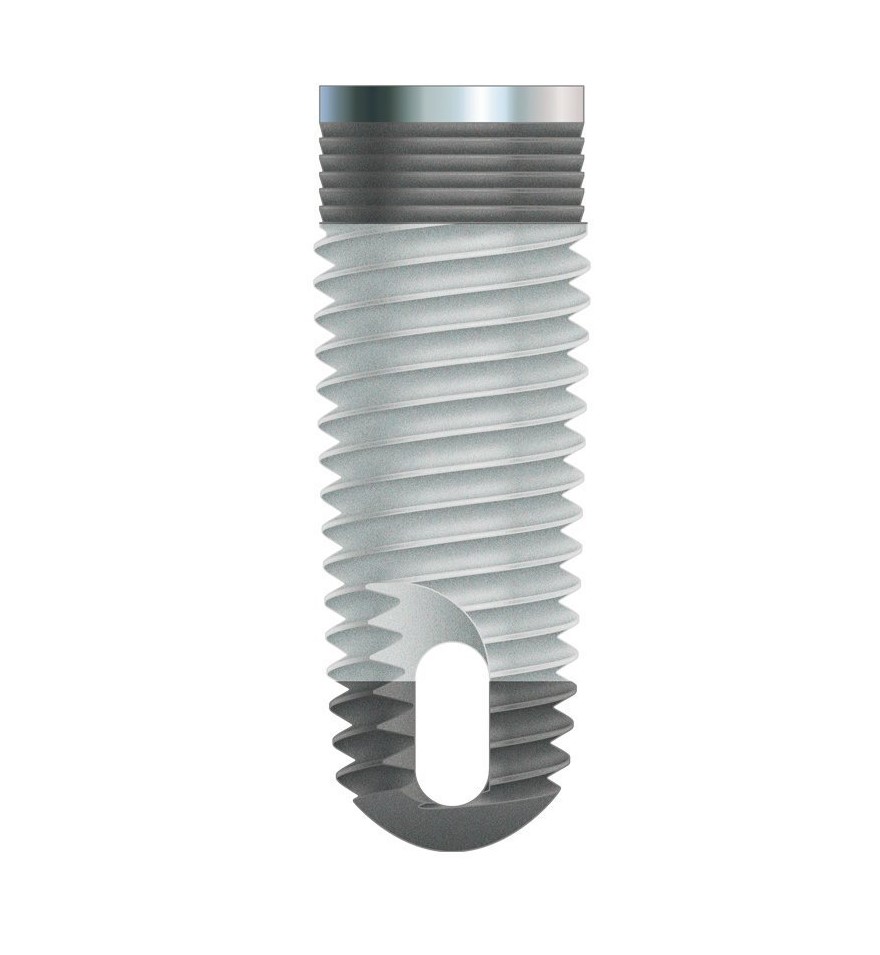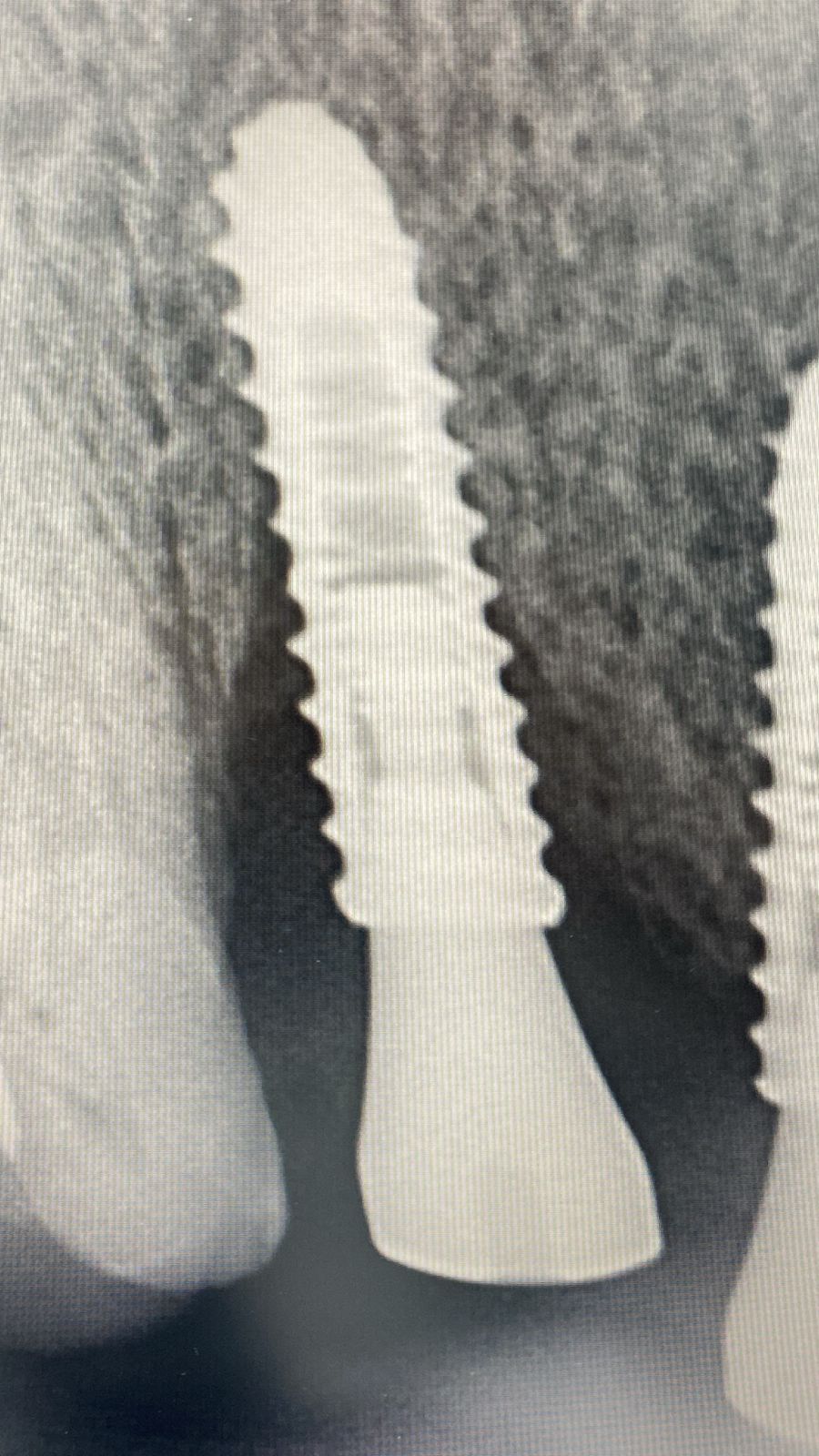Bone Level vs Tissue Level Implants: Indications and Results?
There are two basic kinds of implants, bone level and tissue level. What are the indications for bone level installation? What are the indications for tissue level installation? Which yields are more predictable successful result? Which is harder to restore?
7 Comments on Bone Level vs Tissue Level Implants: Indications and Results?
New comments are currently closed for this post.
CRS
12/20/2013
Having placed both I like to keep it simple, bone level in esthetic areas and transmucosal in posterior. However in my experience Straumann implants require almost perfect bone due to the thread pattern and the fixture mount. When you try to remove it the force required can disturb the implant. Other implant systems have their quirks and I base my surgical decisions on the site anatomy, bone quality, implant sizes available,and most importantly the restorative plan. The transmucosal I think are easier to restore but the collar shows. So it is balance between surgical,esthetic and restorative parameters. On the Straumann comment the taped effect has a better thread pattern but the head of the implant is very wide and I prefer more bone left at the crest. I think it is best to work as a team to get the best outcome in treatment planning. The surgical perspective is very different from the restorative and both must be respected. I think that is best for the patient. Thanksy
Robert J. Miller
12/21/2013
What is your definition of a "successful result"? If it is implant survival, when used correctly both designs will be virtually identical. But if your paradigm also includes "aesthetic" success, there is no contest. When you use a tissue level implant, you lose control of your restorative platform. In a highly parabolic architecture, a tissue level implant must be placed farther apically than is desired. This will cause bone loss in the interproximal zone, compromising papilla height. If you place this implant at the correct level to the facial bone, you run the risk of later tissue retraction and resultant exposure of the implant/abutment interface; this is an unacceptable outcome in the aesthetic zone. Of course, Straumann came up with the aesthetic plus design, allowing the clinician to place this implant deeper in the bone. But a secondary problem with using this EP architecture is that, as a cementable platform, you may get cement farther subgingivally than this design was meant to have and the undercut in the flared neck makes it virtually impossible to remove this cement leading to horrible cement induced peri-implantitis. I am currently reviewing a malpractice case where this occured and the implant was ultimately lost with extensive facial bone and soft tissue loss. Also, there is no medialized platform with this architecture as opposed to a bone level design. It's time to put this original 1975 to rest; there is no longer any good reason, mechanically or biologically, for using this type of architecture. For my practice, it now rests alongside my machined titanium Branemark implants.
RJM
Gerve ,msc
12/24/2013
If you head and hands work properly,and yours patients are responsibility people,98% of all well known implants surwining 10 years or more.straumann,Nobel ,Ankylos and others of this kind
Dean Licenblat
12/26/2013
I agree completely with Robert Miller, I think the Straumann concept was excellent when it was released and for some time afterwards but these days we have alternatives. I agree that you need to what define what implant success means to you. I have used many different systems and have found great success with Ankylos & Nobel Active. Obviously I place what will best suit the situation. Ankylos is a great system if placed well and you have a talented lab. I find the zipprich studies, which demonstrated micromovement to be a good helper in choosing implant systems.
Richard Hughes, DDS, FAAI
12/26/2013
Dean,
Thank you for mentioning the Zipprich studies. Very interesting. Watched them on YouTube
James O'Carroll
12/26/2013
You REALLY need to have a team concept and talented lab with the Ankylos system and you can expect beautiful results, the emergence of Ankylos in the aesthetic zone can be very predictable.
Robert J. Miller
12/27/2013
A few questions for the previous posters. In two of the responses, statements were made to the effect that " Ankylos is a great system if placed well and you have a talented lab" and "You REALLY need to have a team concept and talented lab with the Ankylos system". Is there an inference here that this system is only for the experienced user and for labs with considerable experience restoring this system or you will get less than acceptable results? Having been an Anylos user in the past, I must say that the prosthetic part is considerably more challenging than most other systems. From trying to find and remove an exceedingly small cover screw after bone has grown over the implant table top to the indexing of the case during try-ins, this implant presents far too many challenges for me (and I am an experienced user). With regard to the Zipprich studies, this information has been around for almost a decade. One thing they do not say in the youtube video is that the cone fit study was done with indexed abutments and reataining screws. They did not mention the solid abutments that are screwed into place causing dramatic internal abrasion with resultant increase in microleakage (NYU study) and the fracture problems associated with small diameter screw retained abutments. You may gain with respect to one parameter but give up long term stability with the other. Not a recipe for success in my opinion.
RJM
















